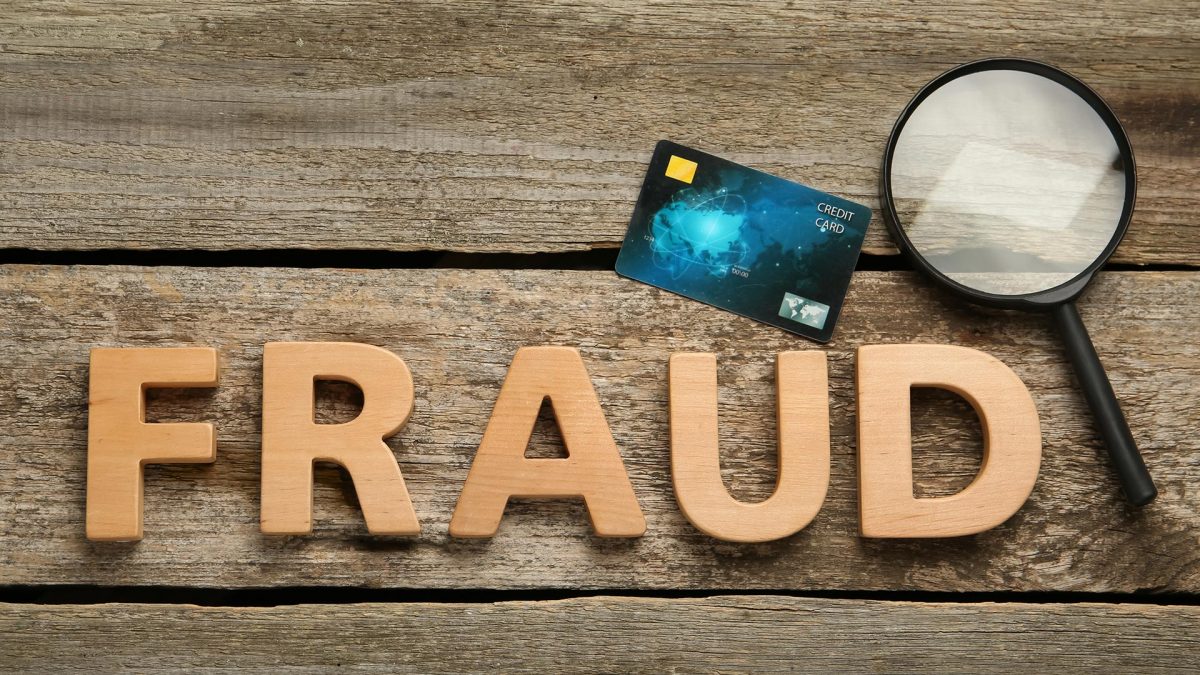
Charity fraud, a form of deception that targets generous individuals seeking to make a positive impact on the world, is unfortunately a prevalent issue. These fraudulent schemes exploit the empathy and compassion of donors, luring them into parting with their hard-earned money under false pretenses.
Defining Charity Fraud
Charity fraud encompasses a range of deceptive practices aimed at acquiring financial gain from unsuspecting donors. These schemes often involve:
- Non-existent charities: Scammers may create fake organizations with convincing websites and solicitation materials to trick donors into believing they are supporting legitimate causes.
- Misuse of funds: Charities that exist may divert funds away from their intended purposes, pocketing the money for personal gain or using it for unrelated activities.
- False promises and exaggerated claims: Scammers may exaggerate the impact of donations, overstating the percentage of funds that go directly to the cause and using emotional appeals to pressure donors into making impulsive decisions.
Recognizing Signs of Charity Fraud
To protect yourself from becoming a victim of charity fraud, it’s crucial to exercise caution and be aware of common red flags:
- High-pressure tactics: Scammers may employ aggressive and urgent techniques to pressure you into donating immediately, often without providing detailed information about the charity or its mission.
- Unrealistic or sensational claims: Be wary of charities that make overly ambitious or emotionally charged promises of miraculous cures, vast improvements in living standards, or instant resolutions to complex issues.
- Lack of transparency: Reputable charities are transparent about their finances, providing detailed information about their programs, expenses, and the percentage of donations that reach the beneficiaries. Scammers often avoid providing such information or provide vague or misleading details.
- Unfamiliar or suspicious names: Before making a donation, research the charity thoroughly and ensure its name and address match those listed on legitimate charity databases and websites.
Tips for Safe Donation Practices
To safeguard your generosity and ensure your donations reach their intended recipients, follow these prudent practices:
- Verify the charity’s legitimacy: Check the charity’s registration status with relevant authorities and search for it on reputable charity watchdog websites.
- Do your research: Carefully review the charity’s website, financial reports, and mission statement to understand its goals, programs, and track record.
- Ask questions: Don’t hesitate to contact the charity directly to inquire about its operations, funding allocation, and impact metrics.
- Donate securely: Use secure payment methods and avoid donating through unsolicited emails or phone calls.
- Support well-established organizations: Opt for charities with a proven track record, a transparent financial structure, and a history of effective programs.
- Consider giving directly: If possible, consider donating directly to the beneficiaries of the cause you support rather than through intermediaries.
Common Types of Charity Fraud
Charity fraud encompasses various schemes, each with its distinct tactics and modus operandi:
- Fake charities: Scammers create fake websites and solicit donations for their own personal gain. In this type of fraud, the charity doesn’t exist, and the scammer uses the money to pay for their own expenses.
- Telemarketing scams: Fraudsters pose as legitimate charities and make cold calls to pressure donors into making immediate contributions over the phone. In this type of fraud, the scammer uses high-pressure tactics to pressure the donor to give money without giving them time to think or do their research.
- Internet scams: Scammers use social media, email, and online donation platforms to deceive donors through fake websites, misleading appeals, and phishing techniques. In this type of fraud, the scammer uses technology to create fake websites or emails that look like they are from legitimate charities. They may also use phishing techniques to trick donors into revealing their personal information, such as their credit card numbers.
- Affinity fraud: Fraudsters target specific communities or groups, exploiting their trust and shared interests to extract donations for fraudulent causes. In this type of fraud, the scammer uses the trust that people have in their community or group to get them to donate to a scam.
- Charity scams on social media: This is a new type of fraud that is becoming increasingly common. Scammers create fake social media profiles for fake charities and use them to solicit donations from people who are looking for ways to support good causes.
- Charity scams on GoFundMe: GoFundMe is a popular crowdfunding platform that allows people to raise money for a variety of causes. Scammers have been known to create fake GoFundMe pages to solicit donations for fake charities.
- Charity scams on mailing lists: Scammers sometimes buy mailing lists of people who have donated to charities in the past. They then use these lists to send out fraudulent solicitation letters that look like they are from legitimate charities.
- Charity scams by telephone: Scammers sometimes call people and ask for donations to fake charities. They may use high-pressure tactics to try to persuade people to donate.
- Charity scams by email: Scammers sometimes send out emails that appear to be from legitimate charities. These emails may ask for donations or may contain links to fake websites.
- Charity scams on the street: Scammers sometimes approach people on the street and ask for donations to fake charities. They may use emotional appeals or threats to try to persuade people to donate.
Reporting Charity Fraud
Reporting suspected charity fraud is crucial to protect others from becoming victims and help law enforcement apprehend the perpetrators. Here’s how to report suspected fraud:
- Contact the charity directly: Inform the charity of your concerns and provide them with evidence of any suspicious activities or misrepresentations.
- File a complaint with the Federal Trade Commission (FTC): The FTC’s Consumer Sentinel Network is a central repository for reports of fraud and scams.
- Submit a complaint to the Better Business Bureau (BBB): The BBB’s Charity Accountability Program investigates allegations of fraudulent or unethical practices by charities.
- Contact state or local authorities: Check with your state’s attorney general’s office or consumer protection agency for specific reporting procedures.
Remember, your vigilant approach to charitable giving can help safeguard your donations and protect the integrity of the charity sector. By exercising caution, doing your research, and reporting suspected fraud promptly, you can make a positive impact on the world while minimizing your risk of becoming a victim.











Be the first to comment